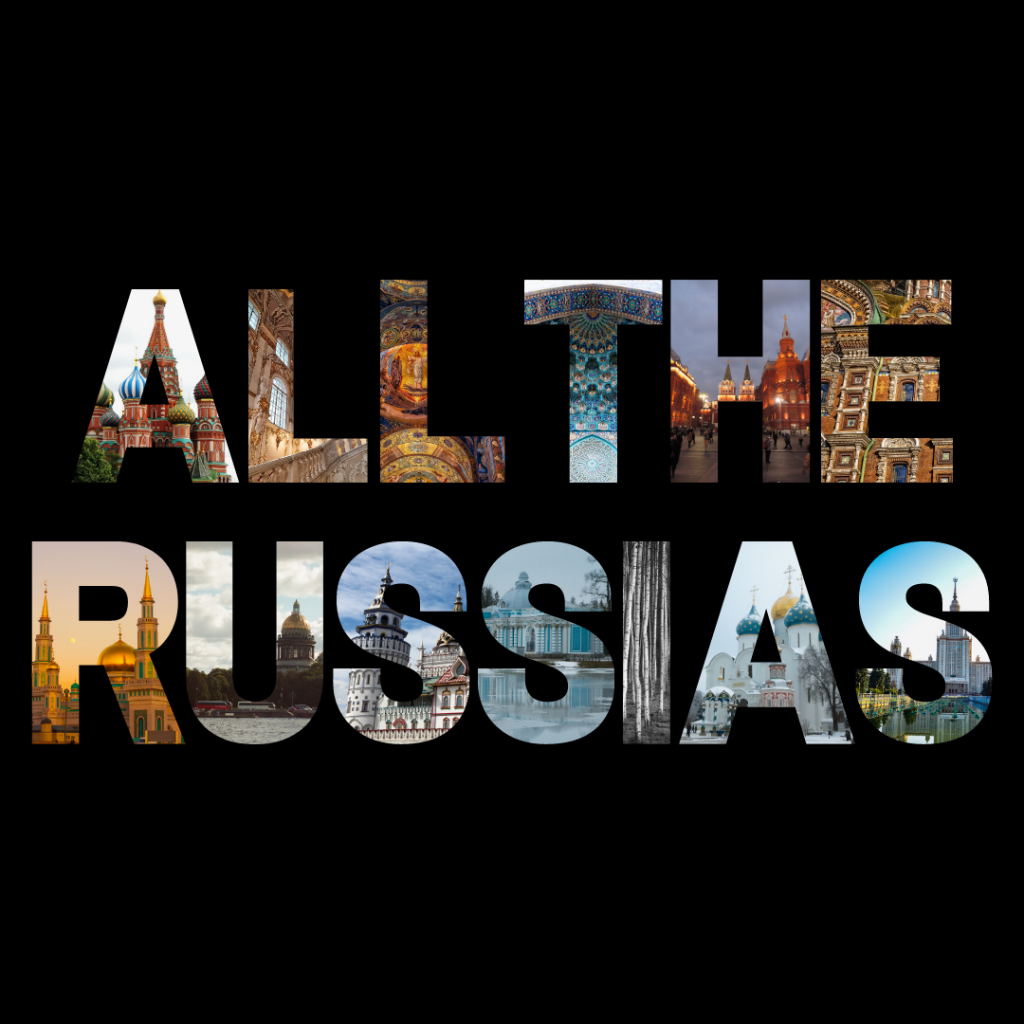This piece originally appeared on PONARS Eurasia on 10/23.
This is Part I in a two-part series. Part II will follow tomorrow, 11/30.
Dr. Polina Sinovets is a Founder and a Head of the Odesa Center for Nonproliferation (OdCNP) at Odesa I.I. Mechnikov National University (Ukraine). This memo is based on a forthcoming NATO Defense College policy brief, “Fifty Shades of Red: Where Does Russia Draw Its Line?”, forthcoming in November 2023.
Early in the morning of February 24, 2022, Russian President Vladimir Putin announced Russia’s brutal attack on Ukraine. In his televised speech, he stated: “Whoever tries to hinder us or threaten our country or our people should know that Russia’s response will be immediate and will lead you to consequences that you have never faced in your history.” This explicit allusion to the possible use of nuclear weapons has defined the war. Following the invasion, the “nuclear trump card” appeared in Russian official and media rhetoric almost monthly, hinting at the contours of the new “red line” Moscow had drawn for the West. Almost anything was declared by Moscow to be a possible casus belli for nuclear war.
As time went on, however, it became clear that some of the “red lines” Russia had drawn were not that red: they were more coercive tools than genuine red lines. By 2023, the West had discovered that neither increasing the supply of weapons to Ukraine nor Moscow’s loss of annexed territories had prompted any serious response from Russia—as if its so-called red lines were shifting or were not actually there at all. By analyzing the different definitions of what could constitute Russia’s red lines, this memo concludes that it is unlikely that the West has already crossed them. That being said, the nuclear card is never far from the Kremlin’s hand; future threats should therefore be expected.
Main definitions and chronology
To avoid misperceptions, let us follow Bruno Tertrais in defining red lines as “the manipulation of an adversary’s intent through (mostly public) statements for deterrence purposes, referring to the deliberate crossing of a certain threshold by an adversary and relevant counteraction if this threshold is crossed.” During the war on Ukraine, there have been a number of Russian messages that Russia has tried to present as its “red lines.” The aforementioned first warning, on February 24, clearly instructed NATO states to refrain from direct interference in the war. On February 27, reacting to Ukraine’s request that NATO shield the Ukrainian sky from Russian missiles (by providing Kyiv with air defense and aircraft), Putin declared that he was putting Russia’s nuclear forces on high alert. Whatever this meant, it provoked the cancellation of the deal to supply Poland’s MIG-29 bombers to Ukraine, an agreement that had been supported by the United States.
In late May 2022, when the US adopted a bill on comprehensive military aid to Ukraine, Moscow emitted a new threat, declaring “intolerable” the supply of long-range systems to Kyiv. Putin himself emphasized that Russia had “sufficient quantities [of weapons] to strike those facilities that we are not attacking so far,” hinting at a possible escalation of the war if the long-range missile systems were supplied to Ukraine. One of the most intimidating messages came in Putin’s speech of September 21, which was dedicated to the official annexation of the conquered Ukrainian regions. In formally declaring these territories to be Russian, Putin tried his “art of commitment,” putting himself, to quote Thomas C. Schelling, “in a position where we cannot fail to react as we said we would.” The legal incorporation of the annexed territories automatically pushed Russia into a fait accompli scenario in which it was legally impossible to return these territories to Ukraine, therefore giving Moscow the strongest possible resolve to defend its acquisitions.
In his speech, Putin claimed that “if Russia feels its territorial integrity is threatened, we will use all defense methods at our disposal, and this is not a bluff.” However, Moscow has not followed through on this threat, even in the wake of the Ukrainian counteroffensive operation that returned the annexed Kherson to Ukraine and pushed the frontline closer to Crimea. Moreover, Ukraine has conducted behind-enemy-lines operations on Russian territory without provoking a nuclear response. For example, the Ukrainian drone attacks on the Russian military bases housing Tu-95 and Tu-160 dual capable bombers in Saratov, Briansk, and Kursk oblasts on December 5-6 were performed over the internationally recognized territory of the Russian Federation. Similarly, more recent attacks on the Kerch Bridge and various Russian military installations on Crimea, as well as on the Russian fleet and headquarters in Sevastopol, have not been met with a Russian nuclear response.
Early 2023 was marked by the further erosion of something that had previously been considered a Russian red line. The US and some of its allies decided to supply Ukraine with more advanced weapons, such as tanks and F-16 aircraft. Commenting on this, Russian Ambassador to the US Anatoly Antonov indicated that any Ukrainian strike on Crimea would be considered a strike on Russia, while Russian Foreign Minister Lavrov called the provision of these weapons an “unacceptable escalation.” Yet the West continues to flagrantly cross all Russia’s supposed red lines by delivering arms and holding discussions about ways to support Ukraine.
Red lines: A spectrum of color
Notwithstanding the West’s apparently relaxed attitude toward Russia’s red lines, there is an ongoing debate about what Russia’s red lines really are. Which actions on the part of the West might cause Moscow to move from angry words to military escalation, whether conventional or nuclear? Based on expert interviews and a number of policy memos, I distinguish three currents of opinion on this issue, which can be positioned along a spectrum of perception from “dark red” to “light pink.”
The most radical view of Russia’s boundaries (dark red) holds that the West could easily cross Moscow’s red lines without noticing, precipitating an unexpected escalation. Russia has been carefully trying to cultivate this perspective since the beginning of the war, with many voices (Russian officials and mass media, and even some Western analysts) hinting that any attempt to help Ukraine might result in nuclear escalation.
For example, Russian experts designated the supply of long-range weapons to Ukraine (with a view to perpetrating attacks on Russian cities akin to the Russian strikes on Ukraine) as a “red line” able to trigger the escalation of the conflict to nuclear level. This echoed Putin’s May 2022 speech claiming the “intolerability” of supplying long-range weapons to Ukraine.
Some experts predict that if the West keeps disregarding these “red lines,” it will result in a “last straw that broke the camel’s back” scenario in which military escalation happens unexpectedly in response to earlier measures. On March 26, a Russian TV program, “Moscow. Kremlin. Putin,” screened an interview with the Russian president in which he answered a journalist’s question about “red lines.” “All these supplies of tanks, aircrafts, and now depleted uranium shells to Ukraine. Many people think it is not only red lines, but already purple lines, that have been crossed,” said the journalist, to which Putin responded, “Yes, they do.”



